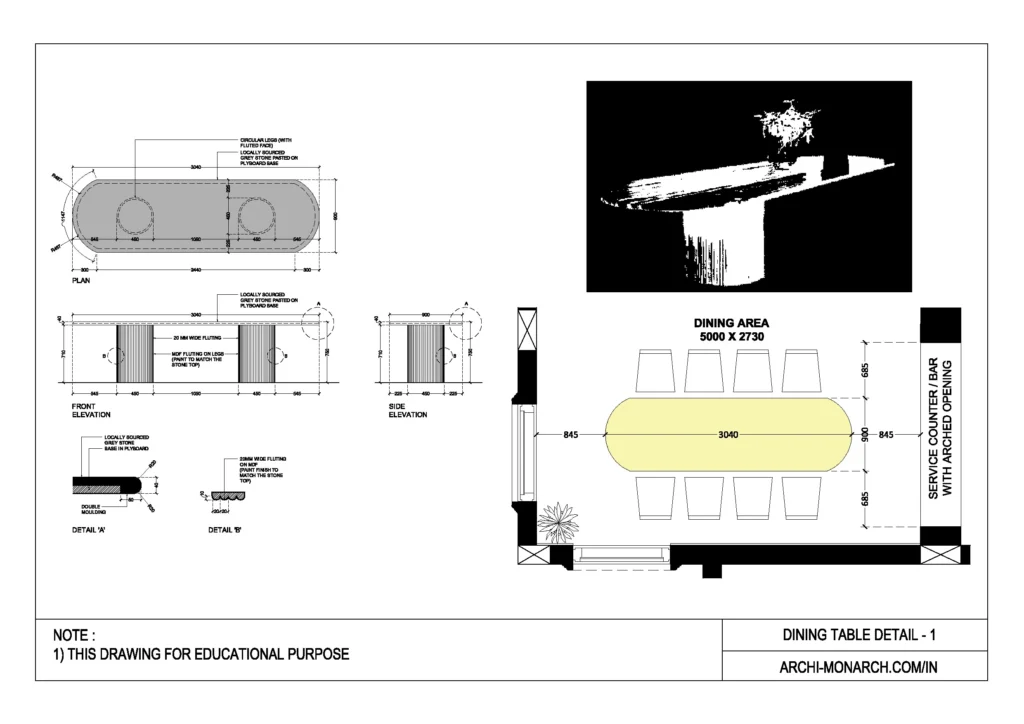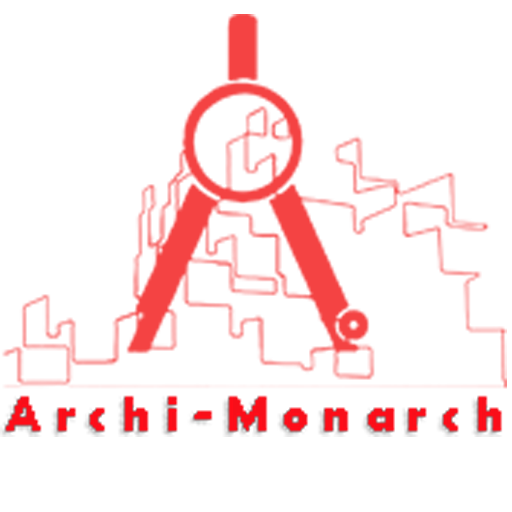In interior architecture, the dining table serves as both a functional and symbolic centerpiece within a living space. It is not merely a piece of furniture but a place of gathering, interaction, and shared experience, often reflecting the social and cultural dynamics of the household.
The design and placement of the dining table play a crucial role in defining spatial relationships and circulation within the interior. Its materiality, form, and scale are carefully considered to harmonize with the surrounding elements, enhancing the aesthetic and functional quality of the space.
Whether integrated into an open-plan layout or situated in a designated dining room, the dining table anchors the environment, contributing to the overall cohesion and ambiance of the interior design.
If you want to know about the submission drawing or lift lobby and atrium detail or standard detail, please click the link.
Image of Dining table detail and downloadable (in DWG) link below

Dining table detail drawing – 1
In construction, a dining table detail drawing provides precise and scaled technical information necessary for fabrication and installation.
These drawings typically include multiple views—such as plan, elevation, section, and sometimes isometric or 3D perspectives—to fully convey the design intent.
Key elements shown in the detail drawing include dimensions (length, width, height), materials (e.g., wood, metal, glass), joinery methods, edge profiles, leg or base details, and finishes.
The drawing may also specify hardware components, load-bearing considerations, and tolerances to ensure durability and stability.
If the table features built-in elements such as drawers, extensions, or integrated lighting, those components are clearly detailed.
Additionally, annotations and construction notes provide further clarity for craftsmen or manufacturers, ensuring the final product aligns with both the aesthetic and structural requirements of the interior architectural design.
These detailed drawings serve as a critical communication tool between the designer, fabricator, and contractor, ensuring precision and consistency throughout the construction process.
Our tips to help you improve your architectural Dining table detailing.
